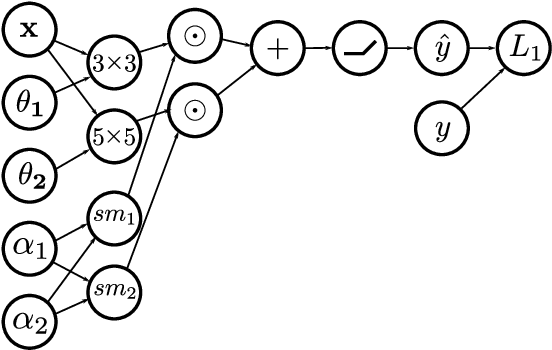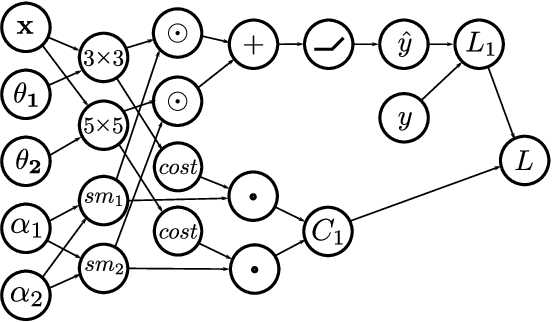RAPDARTS: Resource-Aware Progressive Differentiable Architecture Search
Paper and Code
Nov 08, 2019



Early neural network architectures were designed by so-called "grad student descent". Since then, the field of Neural Architecture Search (NAS) has developed with the goal of algorithmically designing architectures tailored for a dataset of interest. Recently, gradient-based NAS approaches have been created to rapidly perform the search. Gradient-based approaches impose more structure on the search, compared to alternative NAS methods, enabling faster search phase optimization. In the real-world, neural architecture performance is measured by more than just high accuracy. There is increasing need for efficient neural architectures, where resources such as model size or latency must also be considered. Gradient-based NAS is also suitable for such multi-objective optimization. In this work we extend a popular gradient-based NAS method to support one or more resource costs. We then perform in-depth analysis on the discovery of architectures satisfying single-resource constraints for classification of CIFAR-10.
 Add to Chrome
Add to Chrome Add to Firefox
Add to Firefox Add to Edge
Add to Edge